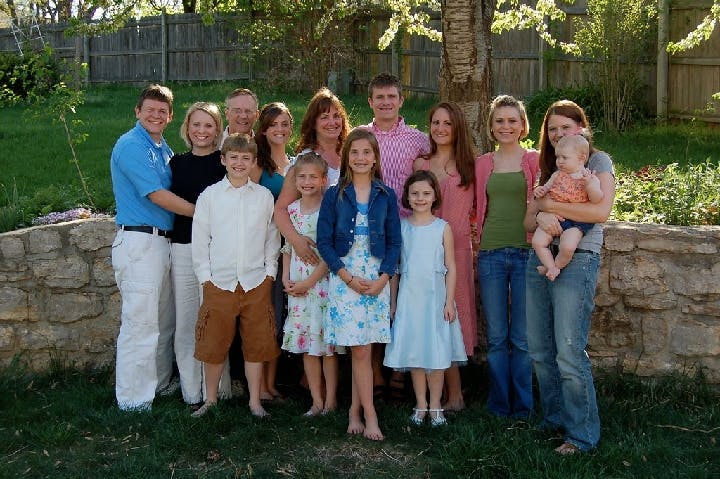Winter 2008
The Religious Shall Multiply
– The Wilson Quarterly
Culture and economics tend to encourage low population growth. These days, the only people still having lots of babies seem to be the deeply religious.
There’s heavy competition for the biggest threat of the 21st century, what with terrorism, global warming, and the proliferation of nuclear weapons. But all pale in comparison to the force that will most affect the future of society in the new millennium, according to Philip Longman, a fellow at the New America Foundation. That’s the decline in birthrates.
Women are having fewer children in every hemisphere, in countries rich and poor, in families that are Catholic, Protestant, and Muslim, and under all forms of government. Even though the world’s population is growing by about 76 million annually—that’s the equivalent of pasting a new country the size of Egypt onto the globe every year—it’s not because people are having more children. They’re not. It’s because everybody is living longer. “The absolute number of children aged 0 to 4 is actually six million lower today [worldwide] than it was in 1990,” Longman says.
Over the long term, the average woman needs to bear 2.1 children for the population to remain constant. Mothers need to replace themselves and their partners, and provide an extra tenth of a child to make up for the individuals who never reproduce. But there are fewer and fewer places with fertility rates above the replacement level. China, Iran, Turkey, Russia, Ukraine, Poland, Kazakhstan? All below 2.1. And among the major industrialized countries, only the United States comes close to a population-sustaining birthrate. Even India, with an overall fertility rate of 2.5, is finding that births in its southern states have fallen below the rate necessary to maintain current population levels.
In developed countries the trend toward having only one child is driven by “sheer economics,” Longman says. In many cases, fertility rates peak in the school-age years. The cost of raising a middle-class child has risen, according to U.S. government estimates, to more than $200,000, not including college tuition. Urbanization also drives down fertility; and around the world more than 50 percent of married or cohabiting women are using modern contraception.
But there are larger cultural and religious issues at play, Longman writes. Scholars who have scrutinized polling data have found a strong correlation between “modern, individualistic, secular values” and low fertility rates. Do you distrust the army? If you do and you live in Europe, you are far less likely to marry and have children. Do you think the most important goal in education is to develop imagination and independence? There is little chance you’ll have a large family.
Once the population is broken down in this fashion, it becomes clear that a relatively small segment of the nation is having a disproportionate share of the children. This segment is quite likely to be deeply religious, Longman says. Although religious fundamentalists are themselves having fewer children than in the past, Mormons, Orthodox Jews, and Islamic and Christian fundamentalists and evangelicals have, on average, far larger families than others.
Fertility crashes have happened before, for instance, in Greece in the second century bc. But when “cultural and economic conditions discourage parenthood, not even a dictator—and many have tried—can force people to go forth and multiply,” Longman writes. Still, as the Greeks and Romans shirked their child-producing duties, Europe did not sink into a vegetative state. As the Roman empire slowly collapsed, the population didn’t die out, it just changed. Some sociologists believe that nearly all of the spread of Christianity in late antiquity was the result of the higher birthrates and lower death rates of Christians. Out of their fecundity, medieval Europe was born.
* * *
The Source: “Falling Human Fertility and the Future of the Family” by Philip Longman, in The Family in America, July 2007.
Cover photo courtesy of Flickr/Chris Barker
